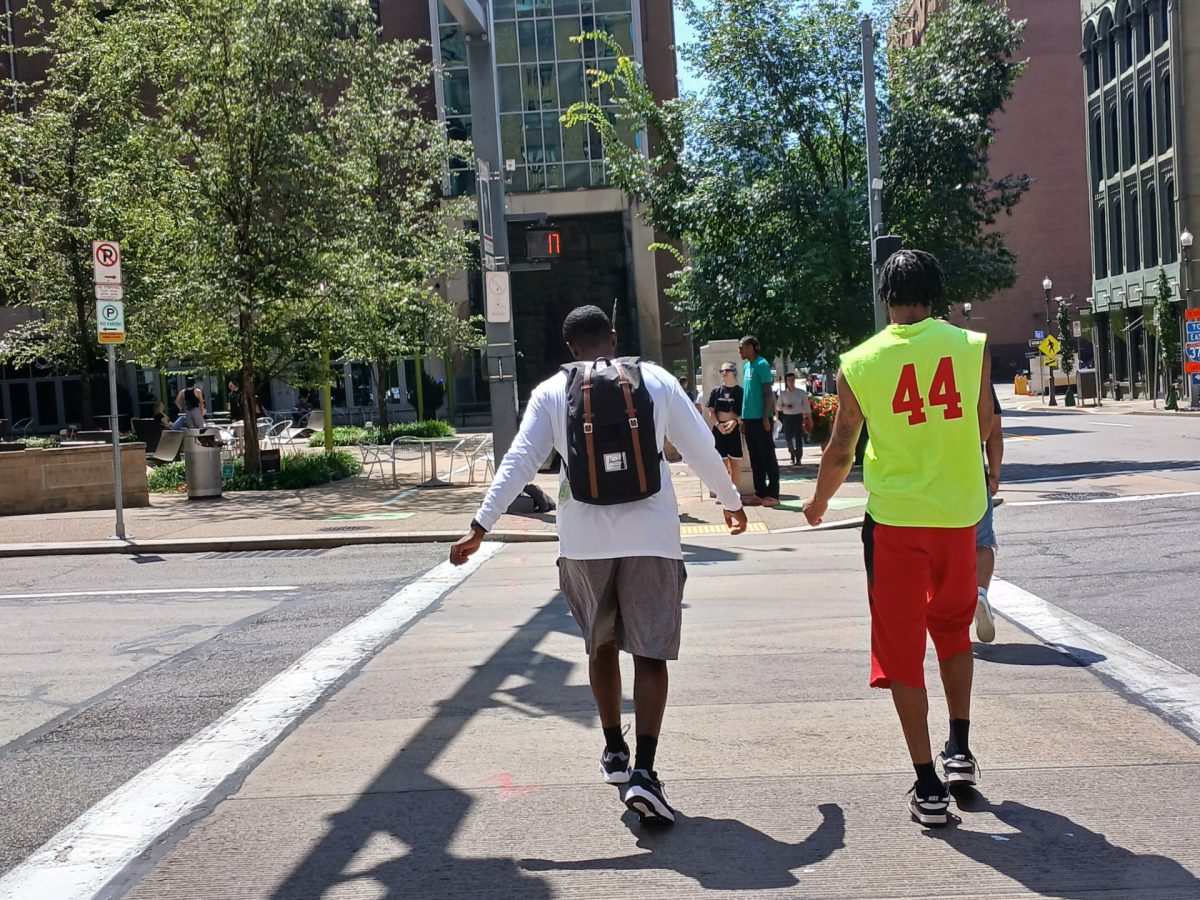Before my lifetime, downtown Pittsburgh was once known as a business and economic center. Now, just by walking the streets of Downtown, it seems that most of the buildings are dilapidated, for sale, or too expensive for anyone to afford the investment outside of the top 1%.
In the “post-COVID-19” era, there have been initiatives proposed and successfully implemented Downtown. The urban Target for grocery shopping, relocation of remote jobs into city cubicles, and an in-progress expanded transit system. According to WPXI, the city and local school districts are collaborating to put into effect a 10-year tax exemption to new businesses who create over 50 jobs.
While there is no denying that businesses still fuel Downtown- through bank offices, legal firms, and healthcare headquarters and organizations plastering their name across, arguably, one of the most beautiful skylines in the United States. This is another reason to fuel Pittsburgh’s branding.
With the rise of astronautics, AI, and IT career fields in Pittsburgh, there’s going to be an opportunity for people to move into the city. There is also just enough of a reason to leave and return to the outskirts of the city, or the surrounding suburbs, after a long day of work.
Downtown hosts little of anything for families, or even working people, outside of meal breaks or business lunches. The four Carnegie museums are located within the North Side and Oakland, which also surrounds more neighborhoods and local, smaller businesses than compared to Downtown.
Rather than just a place for people to clock their 9-5 hours, Downtown should be a space where people can gather for community engagement and social opportunities which are not artistic or business classes which cost half of a person’s average paycheck.
The ability for Downtown businesses to stay open, and as frequently, as they do is largely because of the students. Students running to a coffee shop in between classes, stopping through a fast food place for lunch, or buying late night pizza after a student event or show.
Even if Point Park University is roughly half commuter students, people cannot always rely on packing their lunch or
dinner everyday. If a student chooses to purchase a student meal plan, that is still money circling into Downtown through the bubble which is Point Park University’s economy.
Students from several other Pittsburgh universities also travel into the “heart” of the city for multiple reasons, which turns Downtown into a bustling city. Although in recovery stages due to city-lead initiatives, Pittsburgh is still a ghost town in the summer. Besides
attending a performance, market, or special event- there is no reason to be Downtown.
The architecture which once made the inner city gorgeous is falling apart. The sidewalks are grimy and not well-maintained. Although the city is known as the “Central Business District,” it is disappointing to visitors when there are very few green spaces, and not much to see indoors which is inexpensive.
I’m born and raised from Pittsburgh, and I know the city can be- and do better- for students and business people alike.




